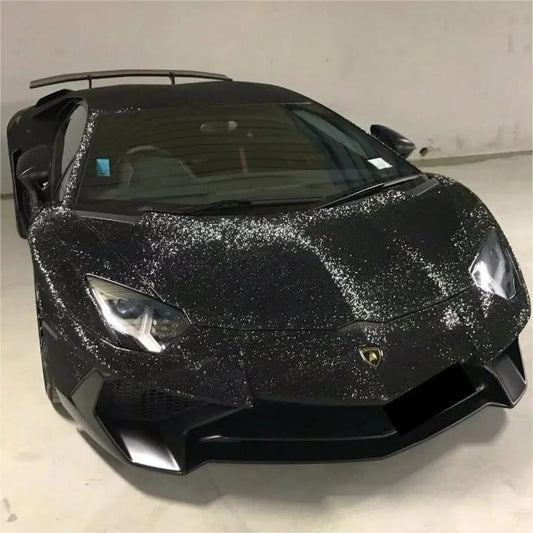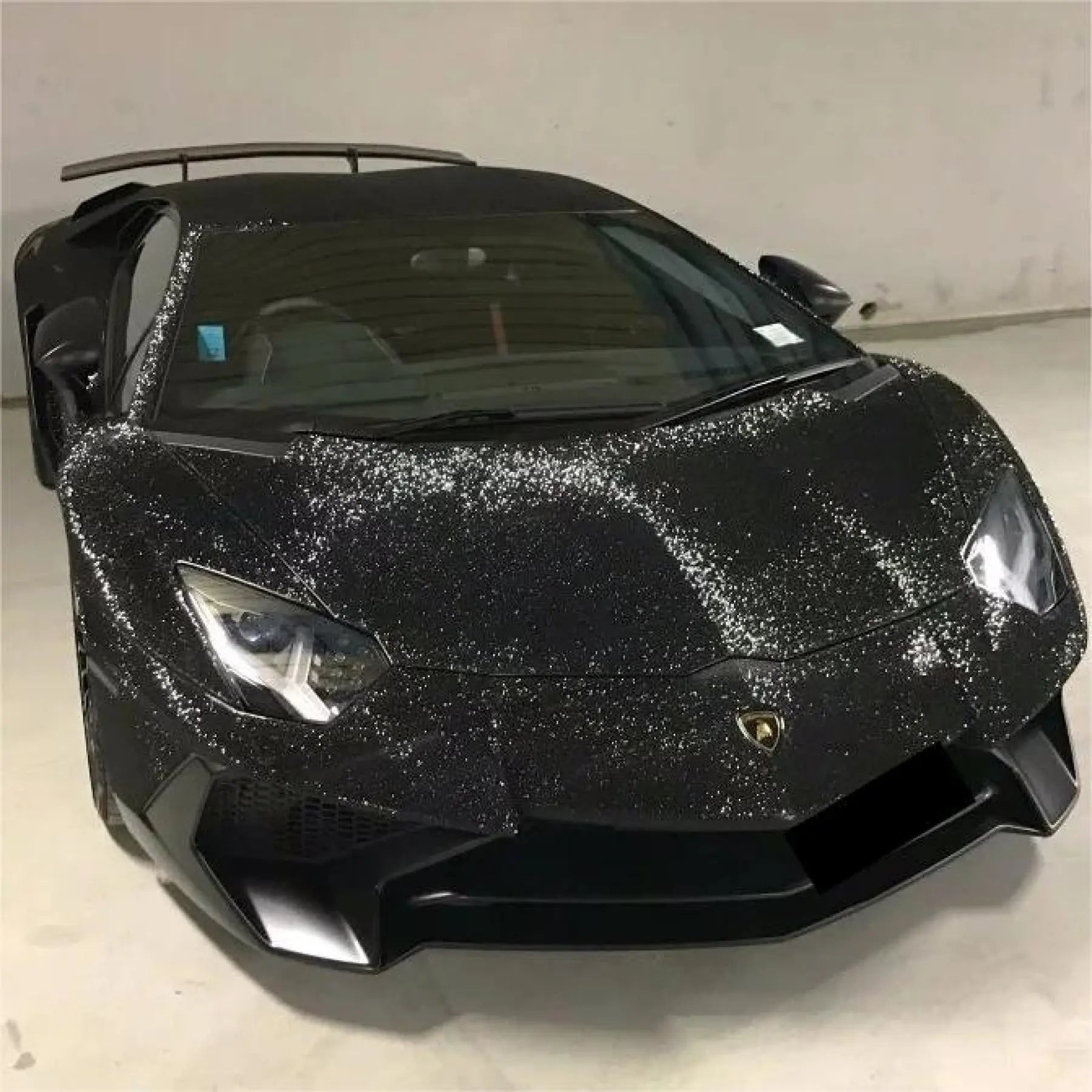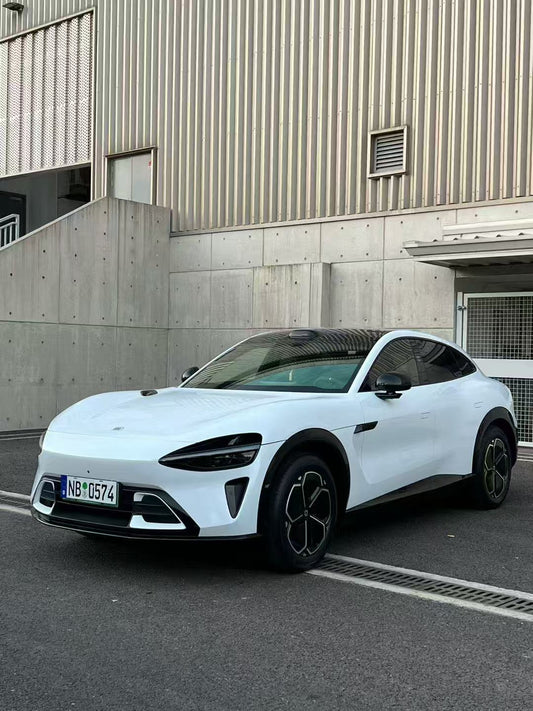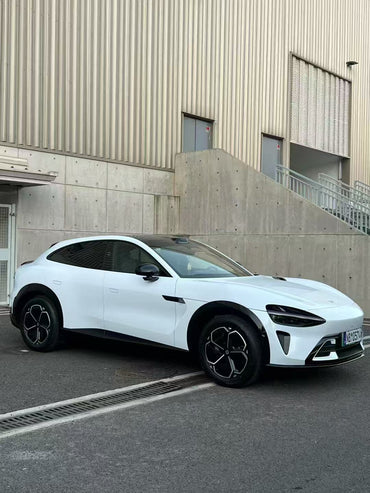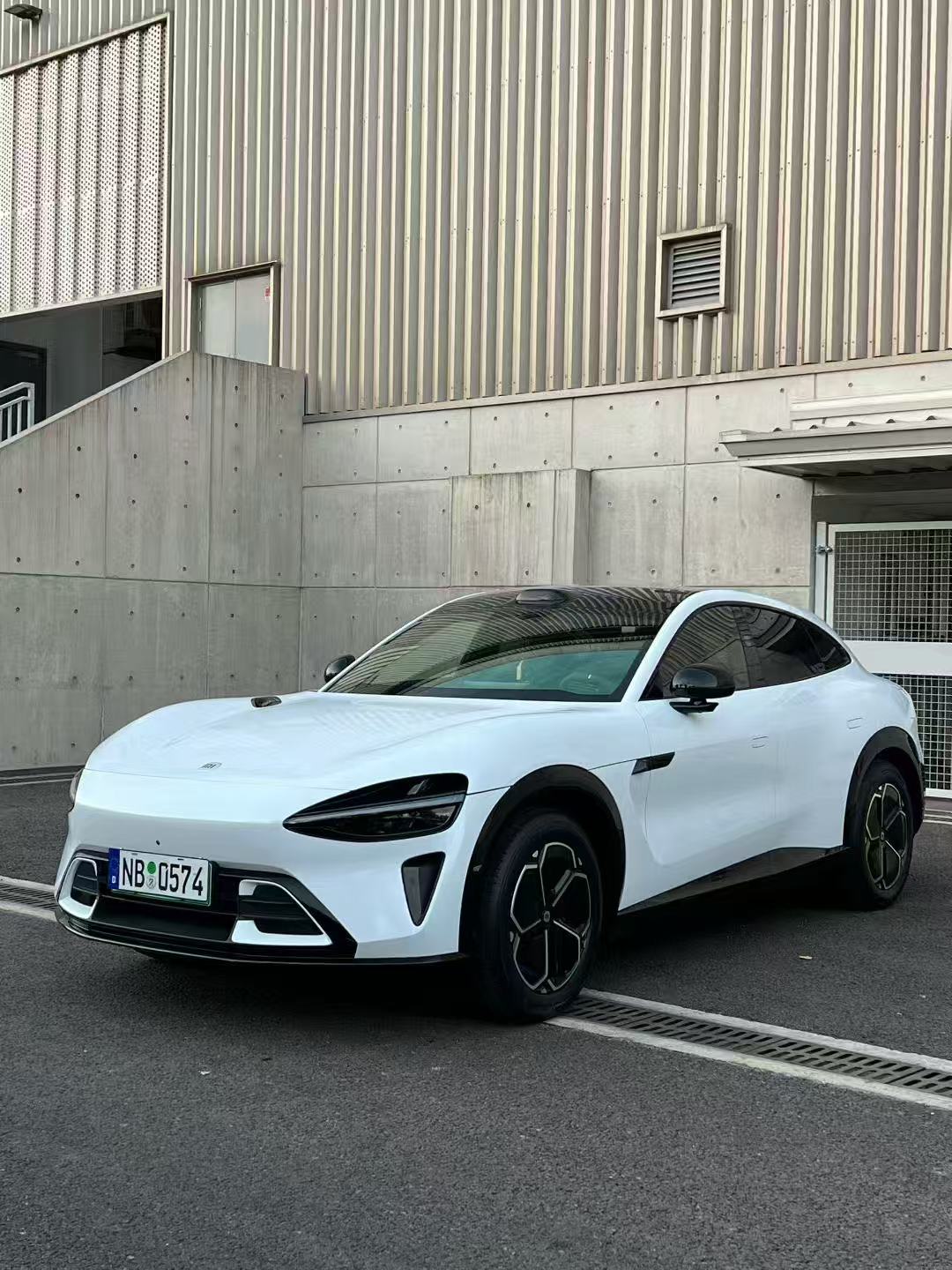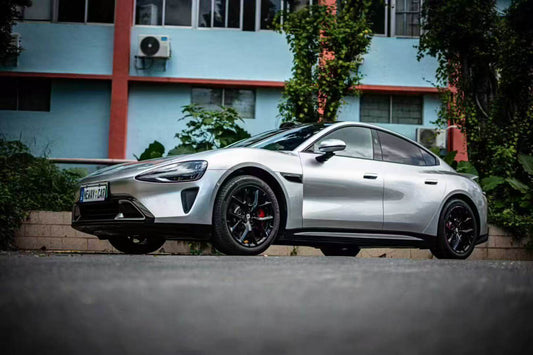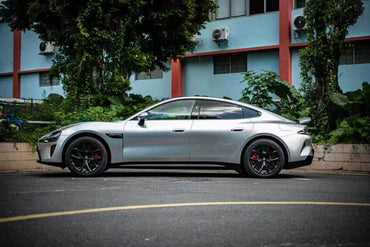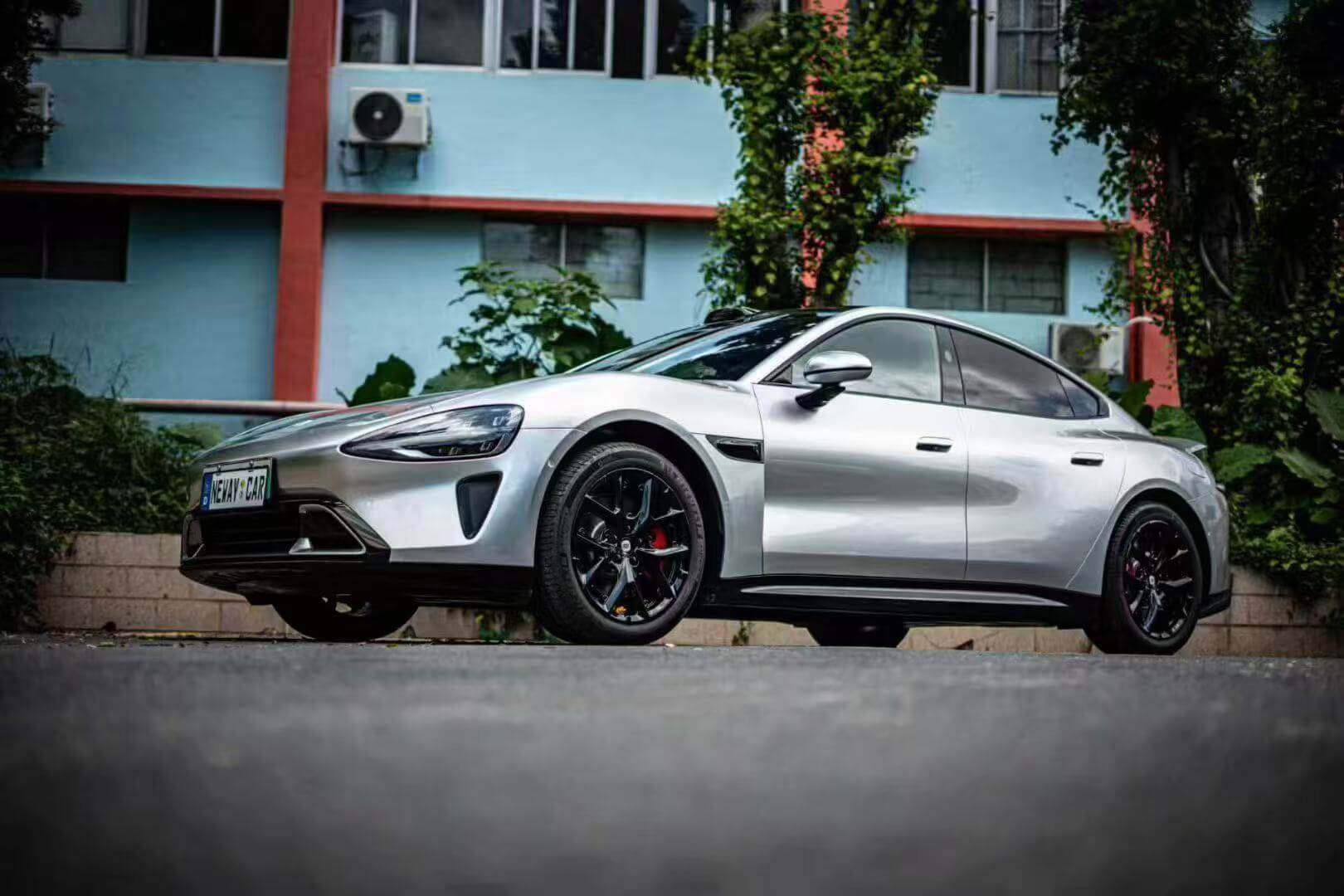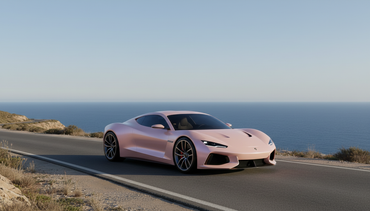Why Door Handles and Mirrors Are the Most Difficult to Wrap
Professional installers consistently identify door handles and mirrors as the most challenging components during car wrapping projects. The complexity stems from several factors:
Complex Geometries: Unlike flat panels, door handles feature deep recesses, sharp angles, and multiple contour changes within a small area. Modern vehicle mirrors incorporate aerodynamic designs with compound curves that challenge even experienced wrappers.
High-Traffic Areas: Door handles endure constant use, with the wrap needing to withstand repeated stretching and flexing as handles retract and extend. This mechanical stress requires superior film quality and installation techniques.
Precision Requirements: These small components demand millimeter-perfect cuts and seamless edges. Any imperfection becomes immediately visible due to their prominent location and frequent interaction.
Essential Materials for Professional Results
Premium TPU Paint Protection Films
Sailifilm's TPU paint protection wrap collection offers superior performance for door handles and mirrors. Our crystal-clear and colored TPU films provide:
- Self-healing properties that eliminate minor scratches
- Enhanced flexibility for complex curve conforming
- UV resistance preventing yellowing and degradation
- 7-10 year durability with manufacturer warranty
Available in stunning finishes including Gloss Crystal Sky Blue, Ferrari Red, Blood Red, Crystal Orange, Arctic Grey, Crystal White, and Piano Black Baby, these films deliver both protection and customization.
High-Performance Vinyl Wraps
Our car vinyl wrap selection features premium materials specifically engineered for small part applications. These wraps offer:
- Air-release technology preventing bubbles during installation
- Repositionable adhesive allowing multiple positioning attempts
- Conformable backing stretching smoothly around curves
- Clean removal without adhesive residue
Professional Installation Techniques for Door Handles
Pre-Installation Preparation
Surface Cleaning: Thoroughly degrease handles using isopropyl alcohol. Remove any existing wax, polish, or contaminants that could compromise adhesion.
Temperature Control: Maintain workspace temperature between 68-77°F (20-25°C). Cold temperatures make vinyl less pliable, while excessive heat can cause premature adhesive activation.
Pattern Creation: Create paper templates for complex handles. This allows multiple test fits before cutting expensive wrap material.
The Relief Cut Method
For handles with deep recesses:
- Initial Positioning: Place wrap over handle with generous overlap
- Relief Cuts: Make small radial cuts at stress points to prevent tearing
- Heat Application: Use controlled heat (160-180°F) to increase pliability
- Progressive Stretching: Work material gradually into recesses using soft tools
- Edge Sealing: Ensure all edges lay flat with proper post-heating
The Bridge Technique
For gap areas where handles meet door panels:
- Create Bridges: Leave material spanning gaps initially
- Gradual Removal: Trim bridges progressively after securing main areas
- Seamless Finish: Heat-form edges to create invisible transitions
Mirror Wrapping Mastery
Assessment and Planning
Mirror Type Identification: Determine if mirrors are removable or require in-place wrapping. Many modern vehicles allow easy mirror cap removal, simplifying the wrapping process.
Compound Curve Analysis: Map out the mirror's surface geometry to plan wrap orientation and potential seam placement.
Advanced Wrapping Techniques
The Sectional Method:
- Divide complex mirrors into manageable sections
- Overlap sections by 2-3mm for seamless appearance
- Use heat to blend overlaps invisibly
The Stretching Technique:
- Apply wrap with 40% stretch maximum to prevent failure
- Use specialized application rings to maintain consistent pressure while stretching around protruding parts
- Post-heat to activate adhesive memory
Edge Management:
- Create clean, sealed edges by tucking material into natural break lines
- Use primer 94 on difficult adhesion areas
- Trim with fresh blades for precise cuts
Tool Requirements for Professional Results
Essential Installation Tools
Heat Sources: Professional heat guns with variable temperature control (100-200°F range). Hair dryers lack sufficient control for precision work.
Application Tools:
- Felt-edge squeegees preventing scratches
- Microfiber gloves for smooth material handling
- Precision trimming knives with breakaway blades
Specialized Equipment:
- Wrap-U-ezee application rings for protruding components
- Digital infrared thermometers for temperature monitoring
- Magnifying work lights for detail inspection
Material-Specific Tools
For TPU films, use softer application tools to prevent surface marking. Vinyl wraps accommodate standard squeegees but benefit from temperature-controlled environments.
Common Mistakes and Professional Solutions
Overstretching
Problem: Excessive stretching causes adhesive failure and material thinning. Solution: Limit stretch to 30-40% maximum. Use heat to increase conformability rather than force.
Inadequate Edge Sealing
Problem: Lifting edges compromise durability and appearance. Solution: Apply primer 94 to challenging surfaces and post-heat all edges to 160°F for optimal adhesion.
Poor Seam Planning
Problem: Visible seams in high-visibility areas. Solution: Plan seam placement in natural break lines or areas receiving minimal visual attention.
Advanced Techniques for Complex Shapes
The Progressive Heat Method
- Section Heating: Heat small areas progressively rather than entire pieces
- Controlled Cooling: Allow each section to cool and set before proceeding
- Memory Activation: Use final post-heating to activate material memory
Professional Finishing Techniques
Edge Tucking: Hide cut edges in natural vehicle lines for invisible installations.
Stress Relief: Create small relief cuts at high-stress points to prevent future failures.
Quality Control: Inspect installations under various lighting conditions to identify imperfections.
Maintenance and Longevity
Post-Installation Care
Curing Period: Allow 24-48 hours before exposure to moisture or extreme temperatures.
Initial Cleaning: Use only microfiber cloths and pH-neutral cleaners for first 30 days.
Regular Maintenance: Inspect wrapped components monthly for edge lifting or damage.
Long-Term Performance
Sailifilm's TPU films typically provide 7-10 years of protection with proper installation and maintenance. Vinyl wraps offer 3-5 year durability depending on environmental exposure.
When to Consider Professional Installation
While DIY installation is possible, several factors suggest professional services:
- High-Value Vehicles: Luxury or exotic cars warrant professional installation to protect investment value
- Insurance Requirements: Some policies require professional installation for coverage
- Time Constraints: Professional teams complete complex installations efficiently
- Warranty Considerations: Professional installation often includes extended warranties
Cost Considerations and ROI
Material Costs
Quality TPU films and vinyl wraps represent significant investments, but provide superior durability compared to budget alternatives. Sailifilm's premium materials offer optimal cost-per-year value through extended longevity.
Professional vs. DIY Installation
Professional installation typically costs $1,500-$3,000 for complete vehicle wraps, with door handles and mirrors representing proportionally smaller investments. DIY installation saves labor costs but requires significant time investment and skill development.
Conclusion
Mastering door handle and mirror wrapping requires patience, proper materials, and refined techniques. Sailifilm's premium TPU paint protection films and vinyl wraps provide the foundation for professional results, whether installed by professionals or experienced DIY enthusiasts.
The investment in quality materials and proper techniques pays dividends through enhanced vehicle appearance, paint protection, and resale value preservation. For those seeking the ultimate in customization and protection, Sailifilm's comprehensive wrap solutions deliver unmatched performance and durability.
Start your wrapping journey with confidence, knowing that premium materials and proven techniques create lasting results that transform your vehicle while protecting its value for years to come.
Vehicle Customization Trends - Wikipedia reference


